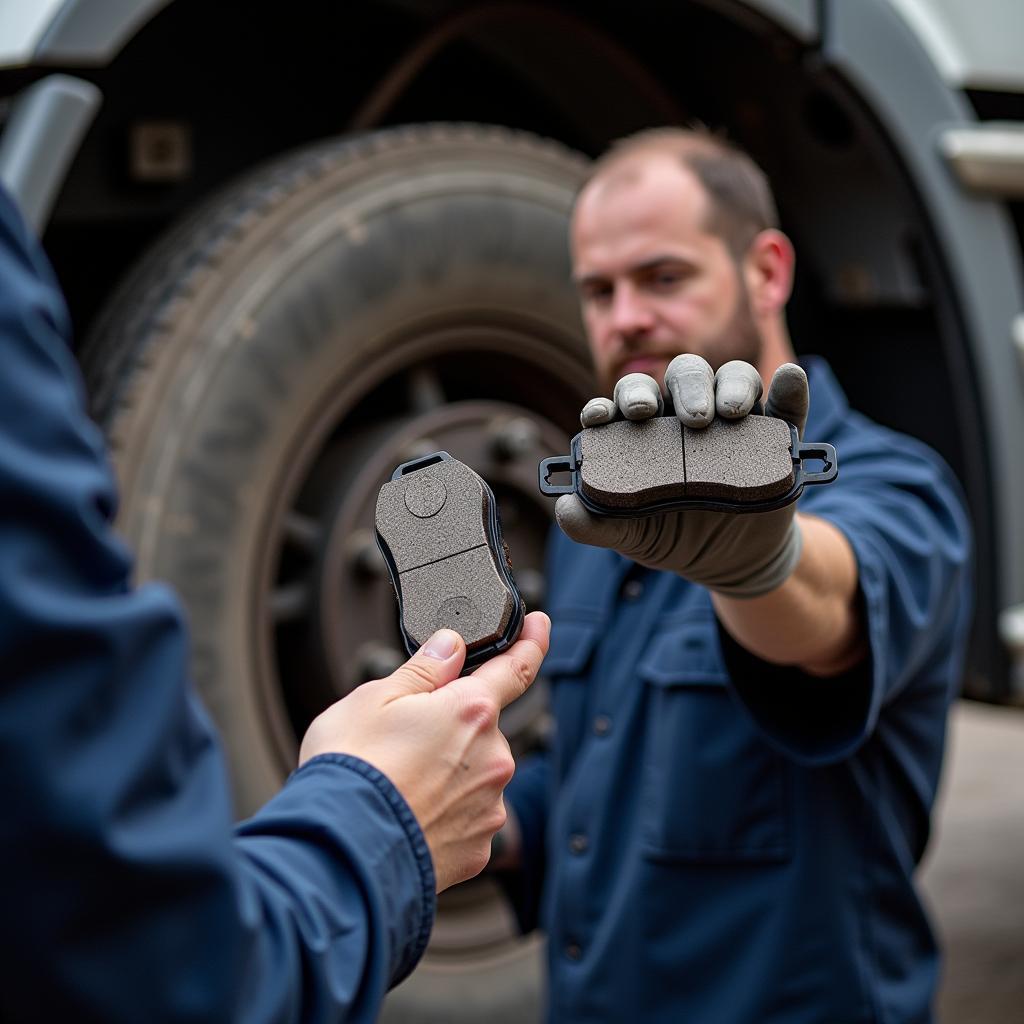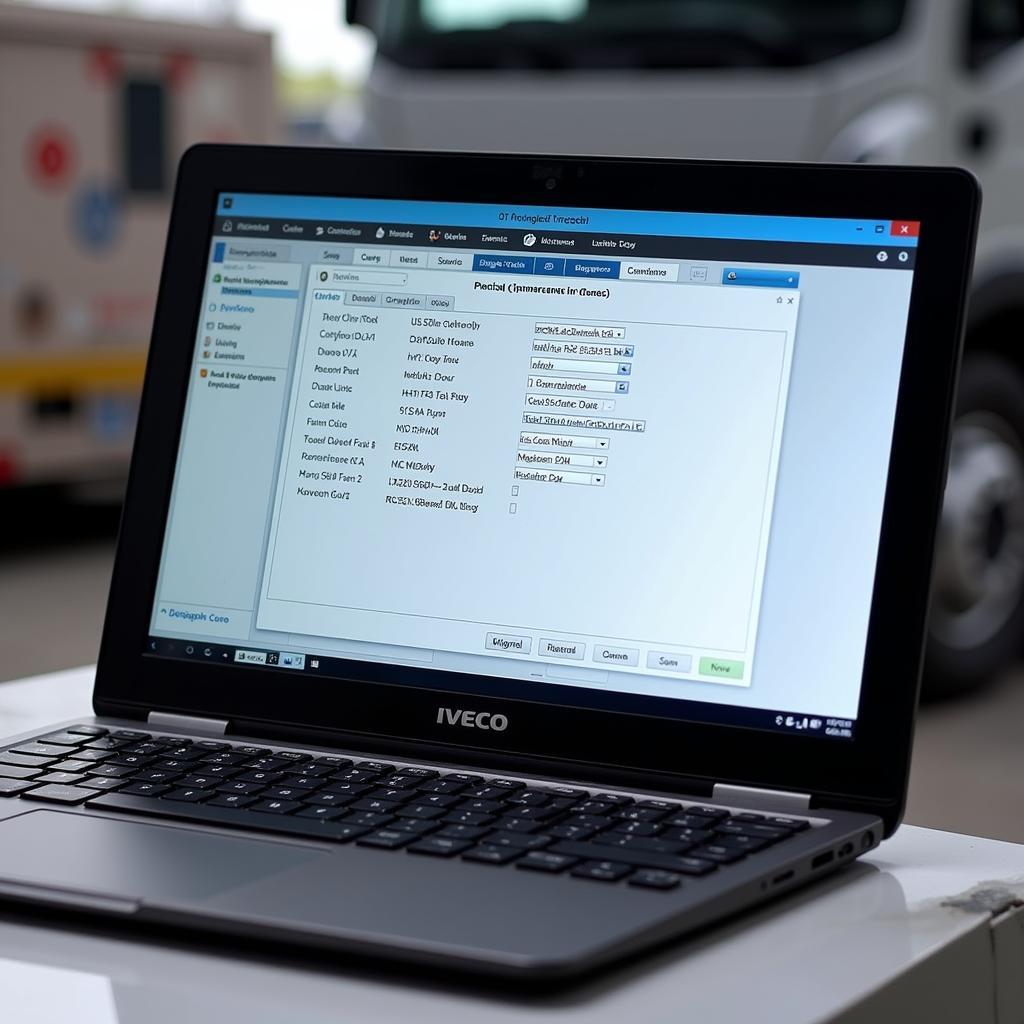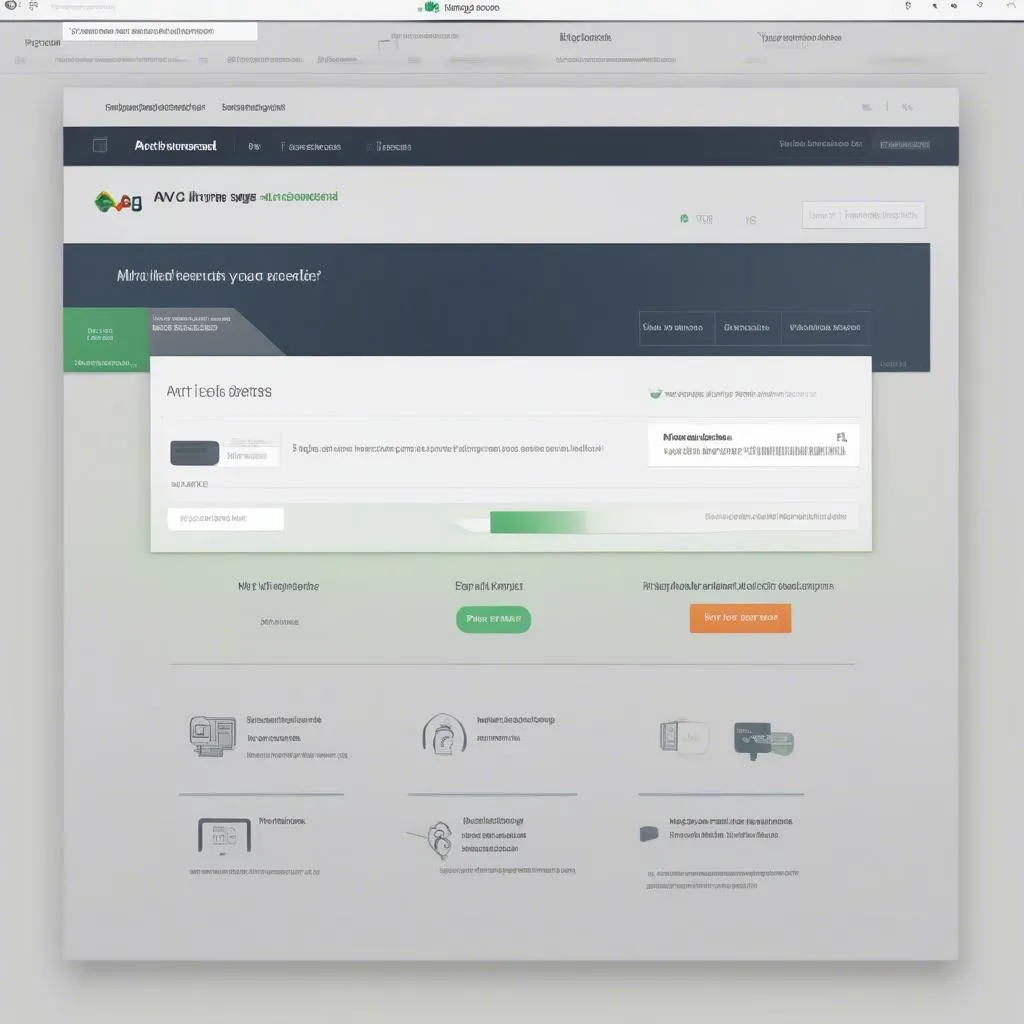An Iveco brake pad warning light flashing on your dashboard can be a nerve-wracking experience, especially if you’re unsure what it signifies. This warning is your vehicle’s way of communicating a potential issue with its braking system, a crucial component for safe driving. Ignoring this warning could lead to more serious problems and costly repairs down the line.
This comprehensive guide delves into the intricacies of the Iveco brake pad warning, equipping you with the knowledge to diagnose and address the problem. We’ll explore the common culprits behind this warning light, guide you through potential solutions, and highlight the importance of professional diagnostics.
Understanding the Iveco Brake Pad Warning Light
The brake pad warning light, often depicted as a circled exclamation mark or the word “BRAKE,” illuminates when the brake pad wear indicator signals that your brake pads are nearing the end of their lifespan.
Modern Iveco vehicles are equipped with sensors within the brake pads themselves. These sensors are designed to trigger the warning light when the brake pad material wears down to a certain level, typically indicating it’s time for a replacement.
Common Causes of an Iveco Brake Pad Warning
While worn brake pads are the most common reason for the warning light, other factors can trigger it. Let’s explore some potential culprits:
- Worn Brake Pads: As brake pads wear down, the sensor embedded within them comes into contact with the brake rotor, triggering the warning light.
- Damaged Brake Pad Sensor: A damaged or faulty sensor can send a false signal, illuminating the warning light even if the brake pads are in good condition.
- Low Brake Fluid Level: Insufficient brake fluid, potentially due to a leak, can impact brake performance and trigger the warning light.
- Faulty ABS System: A malfunction within the Anti-lock Braking System (ABS), though less common, can also trigger the brake pad warning light.
Diagnosing the Problem
Determining the root cause of the Iveco brake pad warning light requires a systematic approach:
- Check Brake Pad Thickness: Begin by visually inspecting your brake pads through the wheel spokes. If you can see less than 1/4 inch of brake pad material, they are likely due for replacement.
- Inspect Brake Pad Sensors: Examine the brake pad wear sensors for any visible damage, such as cuts or fraying. A damaged sensor may need replacement.
- Check Brake Fluid Level: Locate the brake fluid reservoir under the hood and check the fluid level. If it’s below the “MIN” mark, add the appropriate brake fluid as specified in your Iveco owner’s manual.
- Professional Diagnostics: For a comprehensive assessment, especially if you suspect an issue beyond worn brake pads, it’s essential to consult a qualified Iveco technician. They have the specialized tools and expertise to accurately diagnose and address the issue.
 Mechanic inspecting Iveco brake pads
Mechanic inspecting Iveco brake pads
Addressing the Iveco Brake Pad Warning
The solution to your Iveco brake pad warning light depends entirely on the underlying cause:
- Worn Brake Pads: Replacing worn brake pads is crucial for safe and effective braking. It’s generally recommended to have both brake pads and rotors replaced simultaneously to ensure even wear and optimal performance.
- Damaged Brake Pad Sensor: If inspection reveals a damaged sensor, replacing it will rectify the issue.
- Low Brake Fluid Level: Replenishing the brake fluid to the appropriate level is essential. If the fluid level is consistently low, it indicates a potential leak that needs immediate attention from a qualified technician.
- Faulty ABS System: Addressing a faulty ABS system requires the expertise of an Iveco specialist. They can diagnose the specific problem within the ABS system and perform the necessary repairs.
The Importance of Professional Diagnostics and Repair
While some individuals may be comfortable tackling basic brake pad replacements themselves, seeking professional help is crucial, especially when dealing with more complex issues like a faulty ABS system.
Iveco specialists have access to advanced diagnostic equipment and software, allowing them to pinpoint the exact problem. Their expertise ensures that repairs are conducted correctly, maintaining your vehicle’s safety and performance.
 Iveco diagnostic software on a laptop
Iveco diagnostic software on a laptop
Ignoring the Warning: Potential Consequences
Ignoring the Iveco brake pad warning light can have serious repercussions:
- Compromised Braking Performance: Worn brake pads significantly reduce your vehicle’s ability to stop effectively, increasing the risk of accidents.
- Damage to Brake Rotors: Driving with worn brake pads can severely damage brake rotors, leading to costly repairs.
- Brake Failure: In extreme cases, ignoring the warning light can lead to complete brake failure, putting you and other road users at risk.
Conclusion
Addressing an Iveco brake pad warning light promptly is crucial for your safety and the longevity of your vehicle. Whether it’s a simple brake pad replacement or a more complex issue requiring professional attention, understanding the warning and taking appropriate action ensures safe and worry-free driving.
Remember, your Iveco is equipped with this warning system for a reason. By heeding its alerts and staying proactive with your vehicle’s maintenance, you can enjoy miles of trouble-free driving.
FAQs
1. How often should I replace my Iveco’s brake pads?
Brake pad lifespan varies depending on driving conditions and habits. As a general rule, it’s recommended to have them inspected every 12,000 miles and replaced when the pad material wears down to 1/4 inch or less.
2. Can I drive my Iveco with the brake pad warning light on?
While you might be able to drive a short distance, it’s highly discouraged. Driving with worn brake pads compromises your safety and can cause further damage to your braking system.
3. How much does it cost to replace Iveco brake pads?
The cost of brake pad replacement depends on factors like the specific Iveco model, labor costs, and whether you opt for OEM or aftermarket parts. It’s best to consult a trusted mechanic for an accurate quote.
4. What type of brake fluid does my Iveco use?
The type of brake fluid recommended for your Iveco is specified in your owner’s manual. Using the incorrect type of brake fluid can damage your braking system.
5. Can I reset the brake pad warning light myself?
While it’s possible to reset the warning light yourself, it’s recommended to have it done by a qualified technician, especially if the underlying issue hasn’t been addressed.

